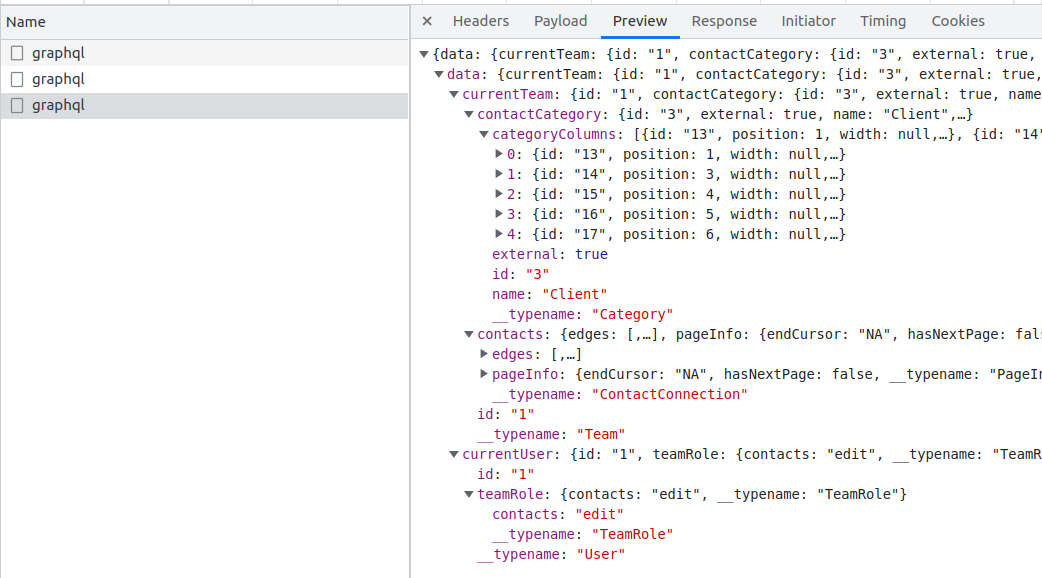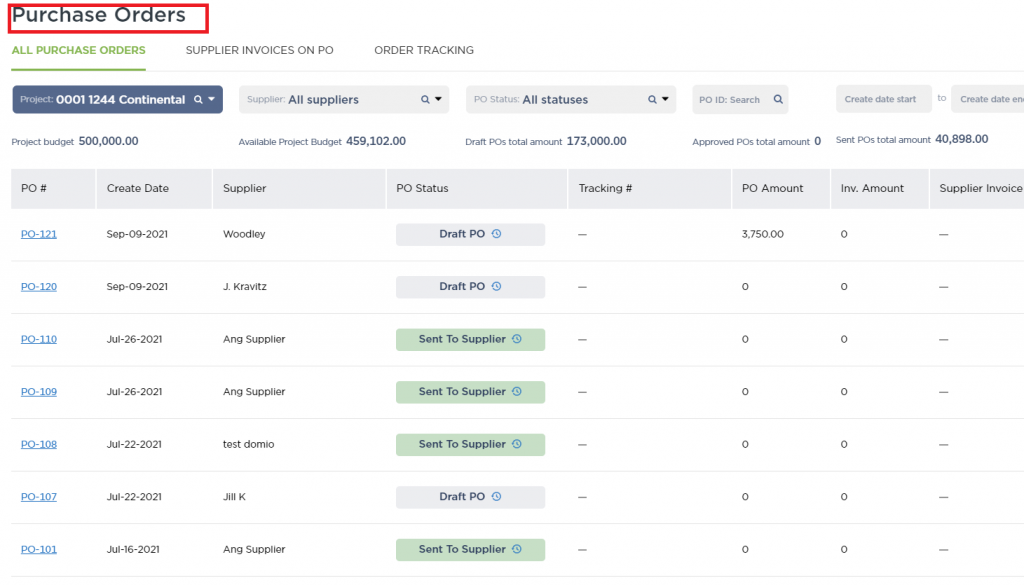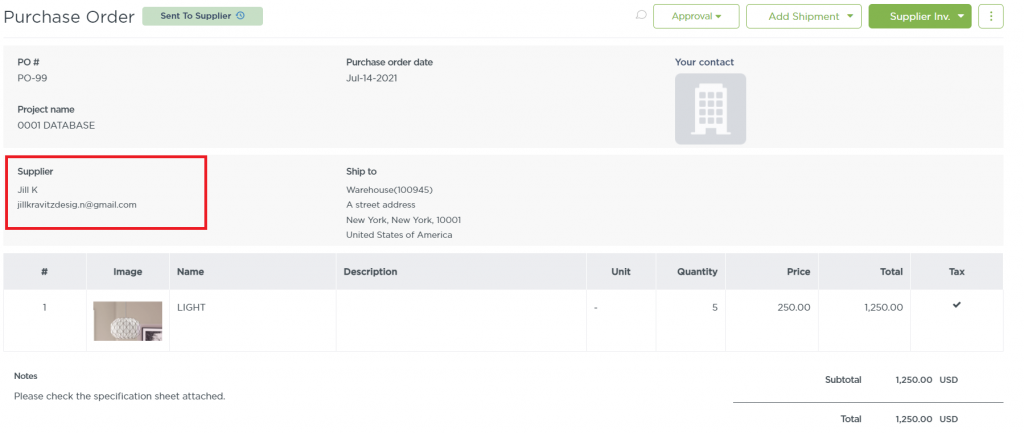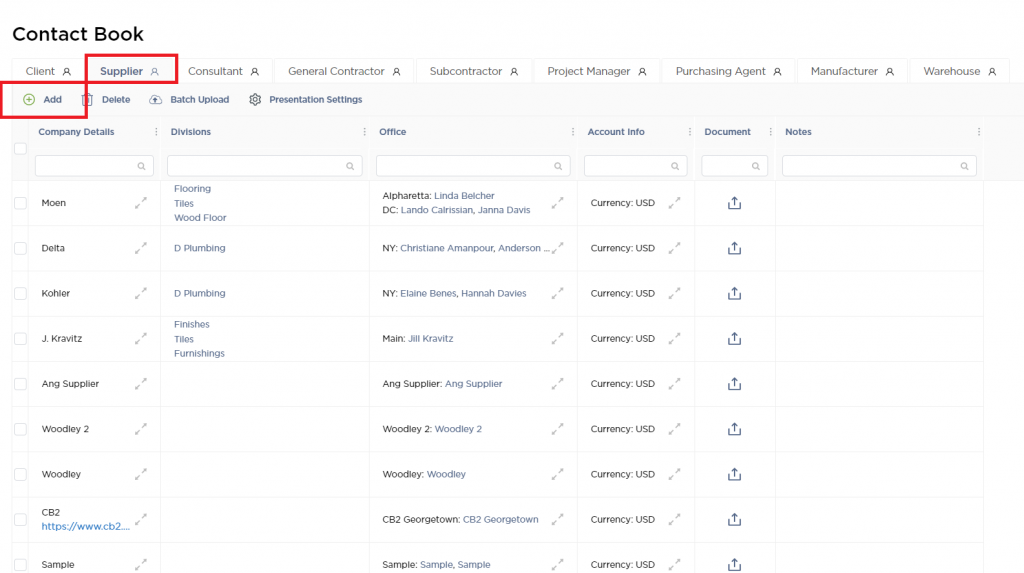

Manage FF&E specification, procurement, and product data at scale. Take on bigger projects with confidence and grow your firm with Fohlio. Schedule a demo or book a consultation with one of our account managers to explore these features today.
Repeat purchases are part and parcel of procurement. And the more predictable you can make your process, the more cost savings you can generate. One of your best tools for making this happen is a preferred vendor list.
Finding vendors that are open to negotiations prevents uncertainties, such as random price hikes, and helps you to effectively forecast future expenditures. Your approved vendor’s list ideally is a well-optimized document accessible through a central database. Having this will give you informed decisions on which suppliers you can negotiate and build good relationships with.

Here are a few steps you can take to build your approved vendor list.
1. Determine your needs
-
- Identify the items you purchase on a regular basis
- In most cases, recurring purchases take up a large percentage of your expenditures. Start with identifying these and then go down to items of lesser priorities from there. Going on a descending pattern creates a larger impact on your savings opportunities.
- Identify the items you purchase on a regular basis

Under ‘procurement’ click on purchase orders. In the purchase orders tab you will see a historical breakdown of suppliers you have ordered from. From here you can identify which items you order often and who you order from the most often.
2. From the list of items you purchase, list associated suppliers that provide these items
-
- Make sure that you have a variety of options. At this stage, you want to avoid removing options, because analyzing your suppliers first through a scoring system will give you better insight into which suppliers you will choose for your AVL.

In your POs you will be able to identify the supplier.
3. Evaluate your suppliers
-
- Analyze suppliers through a scoring system. This gives you the security that you are assessing your suppliers as objectively and fairly as possible.
Read: How to Measure Construction Procurement Success: Basic Key Performance Metrics
- Having criteria you can use to evaluate your suppliers is the most effective way to find high-quality suppliers. Here are a few things you should consider when evaluating suppliers:
- Compliance rate: This asks whether your suppliers meet your standards or business requirements
- Quality of products: There are a number of factors under this that make up the quality of material overall. A few of the considerations made to indicate good quality is material longevity, upkeep as well as aesthetics.
- Percentage of defects: This is the number of damaged goods compared to the number of items delivered.
- PO Cycle time: This covers the entire purchasing cycle and includes internal processes: Order creation, approval, delivery, invoice generation, and payment
- Price competitiveness: This is the price difference between the posted market price and the supplier’s offer as well as the extent of services provided by the supplier (example: warranty)
4. Select those with the best performances per criteria
-
- Upload your contact book.

Under ‘contact book’ you can now add your suppliers from your approved vendor's list.
And just like that, you’ve built yourself an AVL. Repeat this process on a semi-annual or annual basis to ensure that quality is well-kept even over a long period of time. Happy procuring!
Learn more: What is FF&E: The Ultimate Guide to Specification, Procurement, and More
Manage FF&E specification, procurement, and product data at scale. Take on bigger projects with confidence and grow your firm with Fohlio. Schedule a demo or book a consultation with one of our account managers to explore these features today.
Expore Fohlio
Learn how to:
- Save days of work with faster specification
- Create firm-wide design standards
- Automate and centralize procurement
- Keep your whole team on the same Page
- Manage product data
- Track budget against cost in real time.
- Prepare for asset valuation
Published Feb 10, 2022

